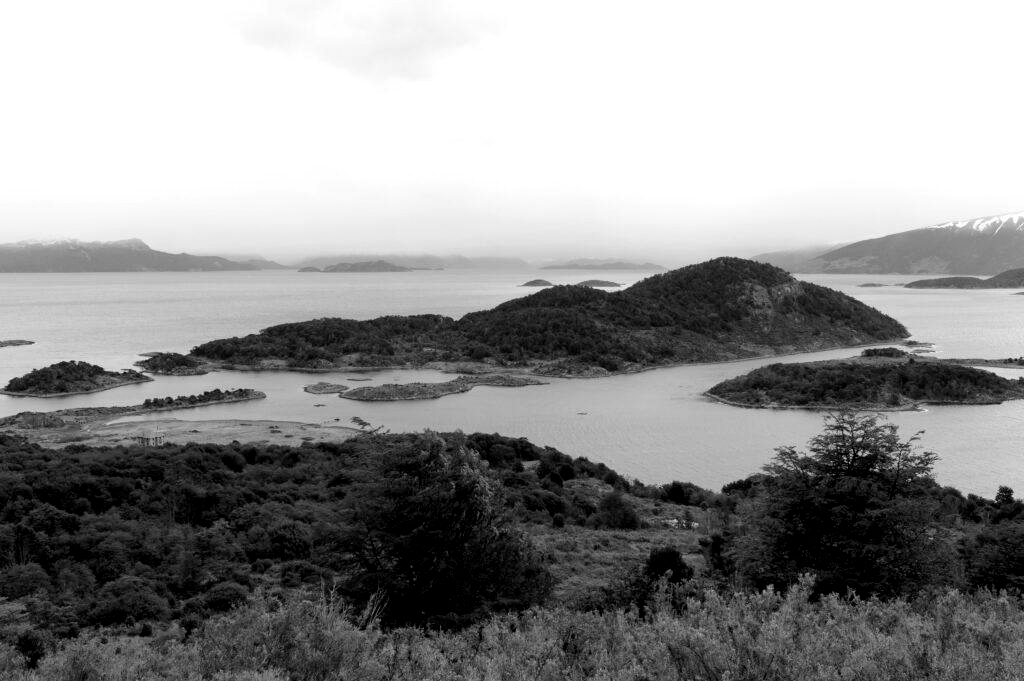> projects / 2025 / radiales / Preliminary Visit / Emerging Archive / Historic Background / Forum / Documentation / Participants
The idea is to understand the heritage as something living, as an activity inscribed in otherness. We are interested in conceiving the distinctive and emerging characteristics of these ecosystems and establishing new definitions necessary to relate ourselves with nature. This includes conceiving the territory as a space of living culture where humans have interacted for thousands of years, a relationship that has left and will leave traces, sometimes not so obvious, just as we will leave them for the future. We are also interested in finding methods to monitor changes over time, given the strategic importance of the channel for the imminent colonization of Antarctica, which will alter this important eco-cultural system.
Thus, we seek to perceive this space as a living archive, an in-situ museum piece. Our goal is to recognize that understanding “nature” is only possible through the aggregation of abstractions and subjectivities. Analyzing a territory involves considering experiences, viewpoints, and the diverse elements that compose it, seen as archives that document ancestral, historical, and ecological factors expressed in matter, energy, and information, transcending human temporal and comprehension scales.
The axis of study is the design of an “emergent archive” that responds to the need to generate new cartographies reflecting the complexities that integrate territories from the systematization of knowledge, insights, and sensitivities with contributions from transdiscipline and the local community.
Emergent Archive. It is the quantitative, qualitative, and subjective delimitation of elements and relationships that constitute a territory to store, systematize, and represent the knowledge contained within it in terms of matter, energy, and information, with temporal scales ranging from geological magnitudes to the present and future.
The proposal involves research, recording, and surveying of the ecosystemic and cultural heritage through historiographical and ethnographic analysis, non-invasive archaeological prospecting, and scientific and ecosystemic research. This systematization, with Wulaia Bay as the research base, aims to make this channel an outdoor laboratory where new integrated forms of interpretation and holistic analysis of sub-Antarctic coastal ecosystems will be studied. A vertical research axis will be established over this, encompassing everything from sub-oceanic continental plates to the ionized layers of the atmosphere.
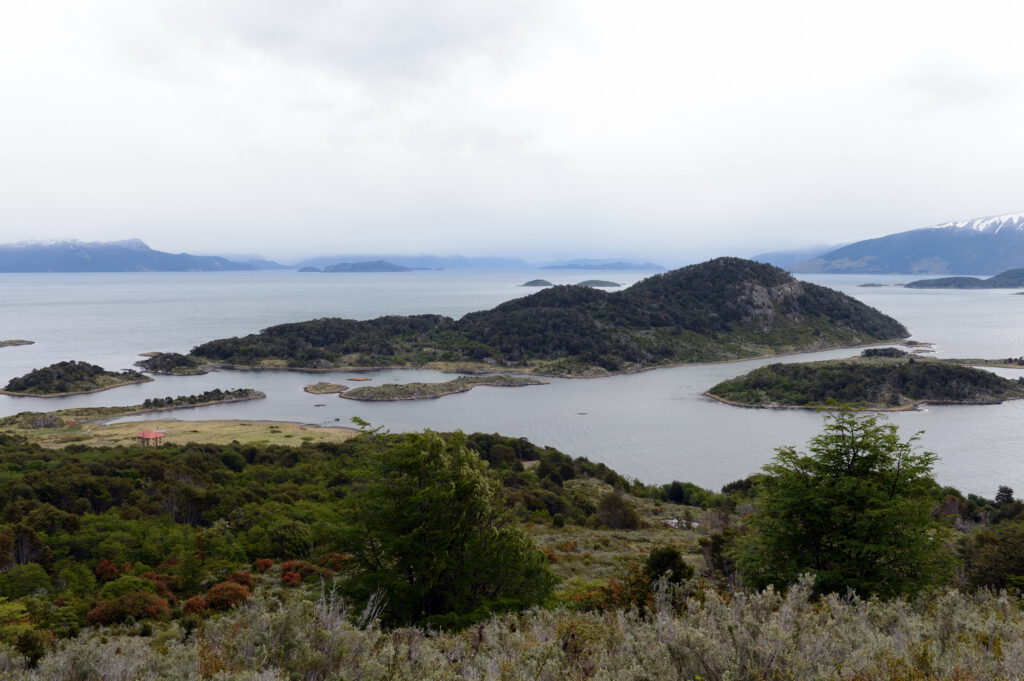
The aim is to organize information from geological, ancestral, and historical temporalities, along with present-day data, to speculate about the uncertain future of this strategic geopolitical zone. To achieve this, it is necessary to seek new strategies that include not only the community’s opinion but also active involvement in the research and management of this data on a permanent basis.
Brief Description of the Archive Components
To understand this territory, we established an imaginary vertical axis, which will be analyzed by dividing it into three groups: Sub, AnThropos, Atmos. These subdivisions will be explored in depth through various explorations with small teams of specialists, prioritizing deep, slow, and careful examination. For this stage, the three vertical axis groups will be approached in a generalized manner with a curatorial focus, with some emphasis on the human factor (AnThropos), a theme that will be recurrent in future explorations.
Sub
This is one of the ends of the imaginary vertical axis that crosses this subjective study cartography. It involves analyzing the depths of the rich tectonic activity resulting from the interaction of the South American Plate with the Scotia Tectonic Plate and the influence of the Antarctic Plate. A vertical axis centered on the ocean and the various climatic and tidal forces that lead to the unusual behavior of sub-Antarctic marine and aquatic microorganisms and mammals.
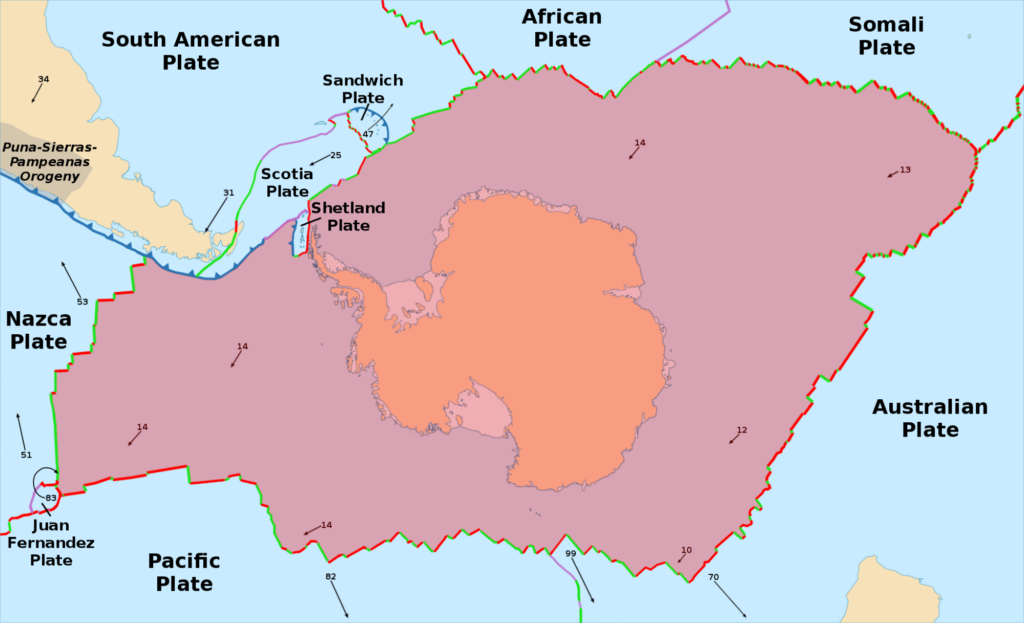
Atmos
At the other end of the vertical axis, the atmosphere will be explored: a space containing turbulent and, so far, pristine air masses and one of the most distant terrestrial geographic areas of anthropogenic electromagnetic activity. The focus here is to identify the questions we will address in future explorations, based on surveys, measurements, and inquiries that emerge from this initial phase of study.
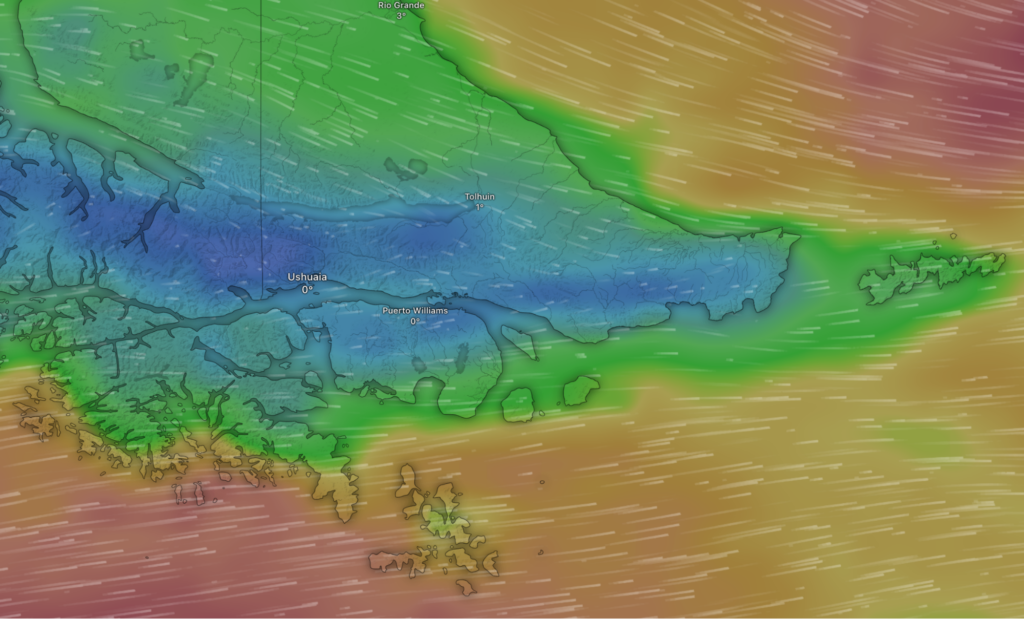
AnThropos
This is the layer closest to humans, storing traces of interactions from an ancestral, historical, present, and future past. This area is an interesting and contentious space where the turbulence of winds and oceans seems to have shaped human activity. It is this very intensity that we will navigate as we drift through our reflections on the imminent projection of human activity toward the Antarctic continent.
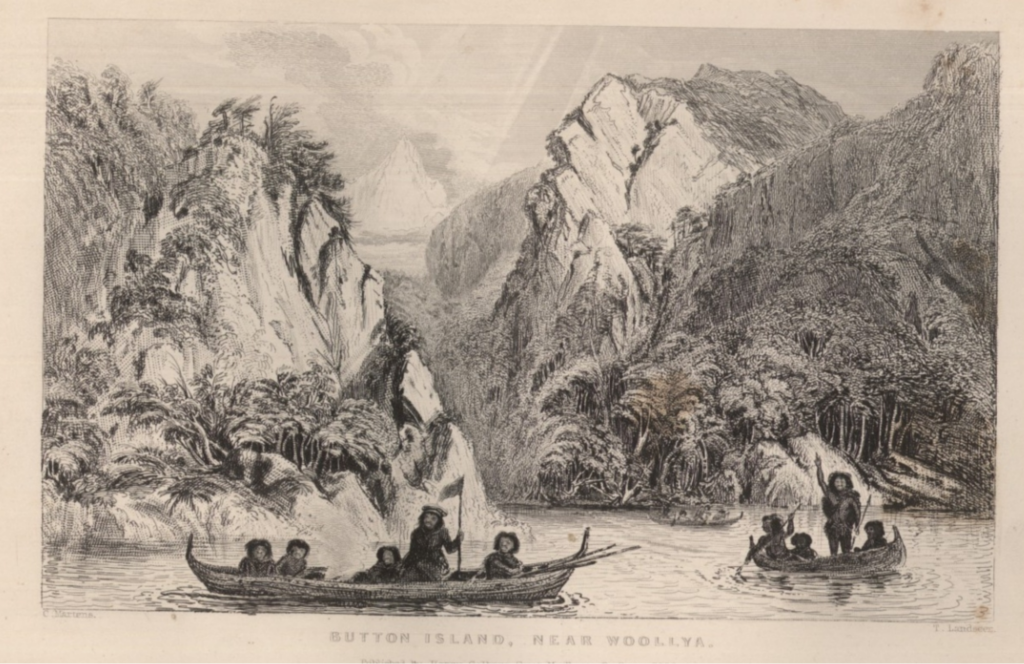
AnThropos is the layer of study where the current expedition to the Murray Channel will focus. Three research subgroups will be established.
Museo antena
This involves trans-territorial radio practices that stretch the geographical boundaries of the museum. It is an apparently immaterial space for transmitting heritage ideas from a remote location to unpredictable nodes of replication and exchange. A dystopian gallery of resistance for storing an inherent oral and sonic archive. This practice focuses on analyzing the potential of this activation medium that uses the ionosphere as a channel for questioning and actively using its content.
Archaeology
This consists of an archaeological survey taking the form of a quantitative mapping of potential settlements using laser detection tools to understand human activity in the area over the past 6,000 years. The approach will be as non-invasive as possible, with a focus on the main Yagán settlement, emphasizing Bahía Wulaia. (See more here)
Local Community and Museum
Part of our team will engage with the local museum, understanding that it is the center of local cultural and community activity. This subgroup will conduct a preliminary study of the museumological representations in tension within the configuration of an archive and contemporary heritage practices.
